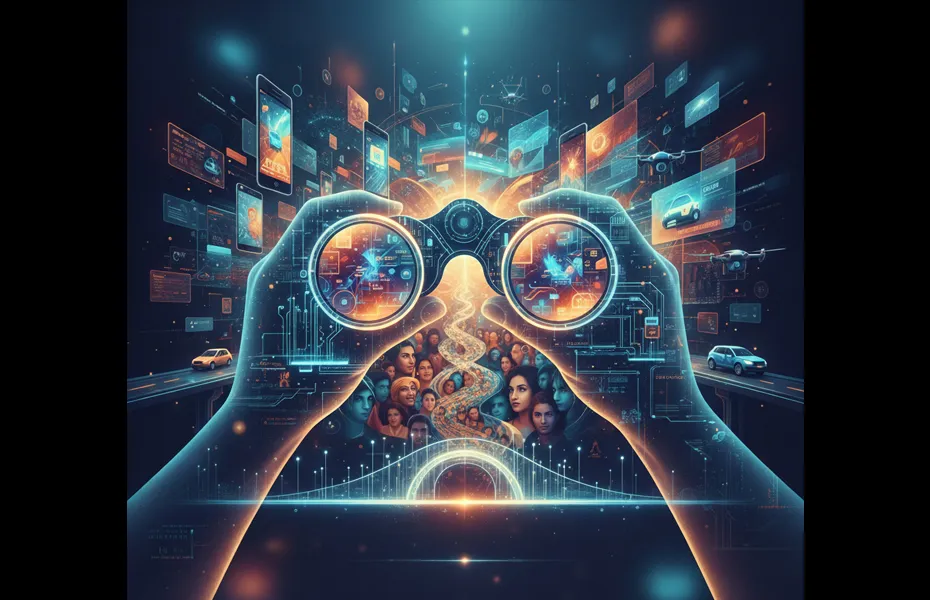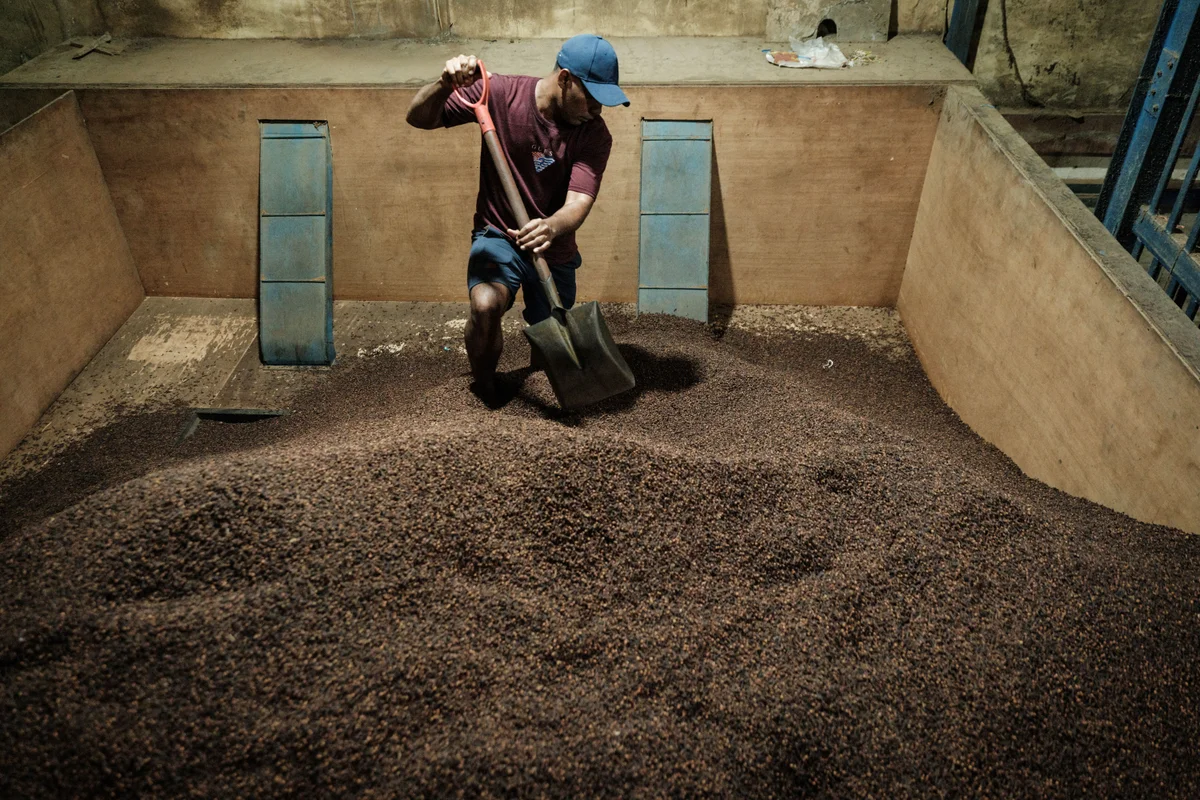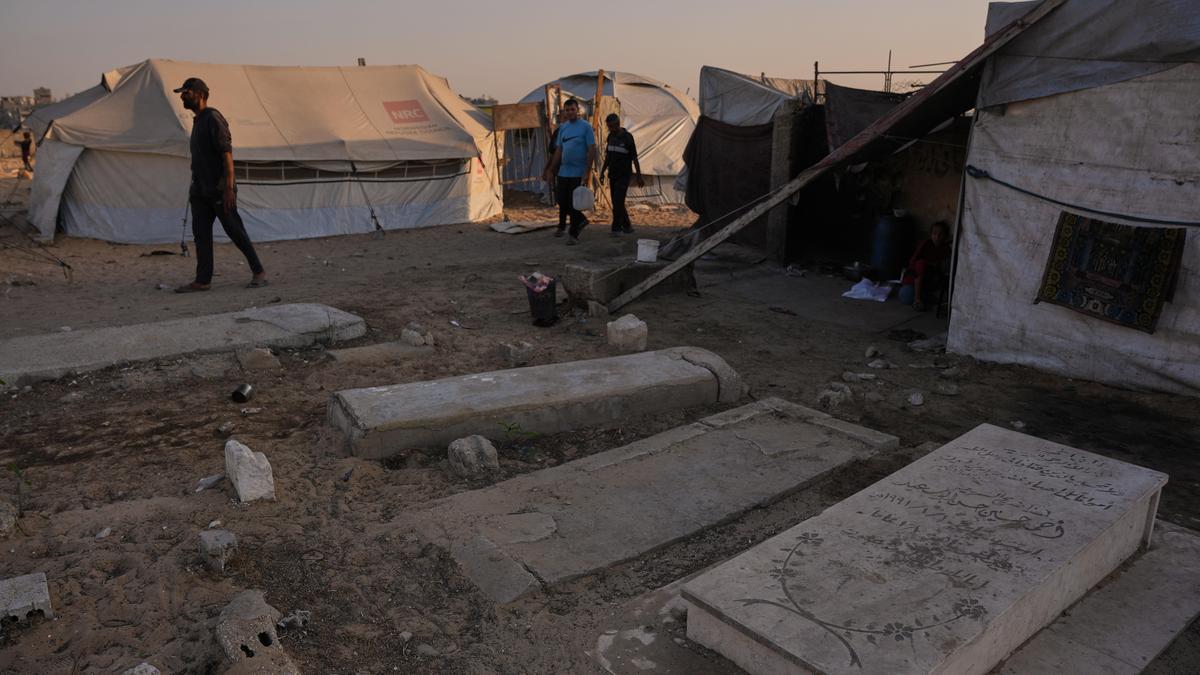Copyright mxmindia

India’s digital transformation has reached a critical inflection point. With over 1.03 billion internet users, the country now boasts the second-largest online population globally, trailing only China. India accounts for 17.79% of the global population and 70% internet penetration, marking a 27.7% year-on-year growth, the highest globally. Yet, 440 million Indians remain offline, highlighting both progress and potential. But what sets India apart in 2026 is three things: the scale, the velocity and the complexity of change. The digital ecosystem is evolving rapidly, and marketers who fail to adapt risk being left behind. We Are Social / Meltwater’s latest Digital 2026 Global report has some fascinating data. Link to report: https://datareportal.com/reports/digital-2026-global-overview-report The Big Numbers: India’s Digital Pulse Usage & Engagement: Hours Online Indian internet users spend 33 hours and 24 minutes weekly consuming online media, just below the global average. Social media, short videos, and music dominate digital time, with YouTube, Instagram, and WhatsApp leading platform engagement. Social Media: A Hub for Connection and Commerce 98% of Indian internet users are active on social media, though only 43.9% of the total population is represented, well below the global average of 68.7%. Indians use an average of 7.67 platforms monthly, higher than the global average of 6.75. 78.8% use social media for brand/product research, and 48.2% discover brands through these platforms. YouTube, Facebook and Instagram dominate ad reach, with 467 M, 403M and 480M users respectively. E-Commerce & Digital Payments 57.7% of users shop online weekly, slightly above the global average. Online grocery shopping is popular, with 37.6% weekly engagement. Digital payments are deeply embedded: India’s B2C digital payment value equals 44.9% of GDP, second only to China. QR code usage is high, with 49.2% scanning monthly, matching global trends. AI & Emerging Technologies 40.6% of Indian users used ChatGPT in the past month, far above the global average of 26.5%. 47.3% express excitement about AI, aligning with global sentiment. Voice assistant usage stands at 24.1% weekly, slightly above global norms. Image recognition tools are used by 30% of users, again above the global average. Local Language & Mobile Dominance Android accounts for 95.21% of mobile web traffic in India. Mobile devices generate 77.92% of India’s web traffic, compared to 59.14% globally. While English dominates web content globally (49.2%), India’s local language content is underrepresented in global rankings, despite high domestic consumption. Digital Marketing & Advertising Trends India’s digital adspend per capita is $8.53, far below the global average of $134. Mobile ads account for 81.8% of digital ad revenue in India. Social media ads contribute 25.4% of digital adspend, with search engines and retail platforms also playing key roles. 24.5% of users employ ad blockers, citing privacy and ad fatigue. Content Consumption: Video, Music, Gaming 90% play video games, 86% stream music, and 74% consume digital news weekly. India ranks high globally for music video and short video consumption. Digital content ARPU remains low: $7.40 for music, $73.49 for gaming (vs. global $27.65 and $263 respectively). Digital Health, Safety & Privacy 27.9% use health/fitness apps monthly; 23.9% check symptoms online weekly. 29.3% express concern over company misuse of personal data. 24.2% use VPNs, and 31.6% decline cookies at least occasionally. 57.6% worry about misinformation, especially among younger users. What This Means for Marketers Mobile is Not Just First. It’s Everything India’s digital journey is being written on the small screen. With nearly all users accessing the internet via smartphones, mobile-first strategies are foundational, not optional. Brands must prioritise: Vertical video formats for platforms like Instagram Reels and YouTube Shorts. Progressive Web Apps (PWAs) that offer app-like experiences without the friction of downloads. Lightweight, data-efficient content to cater to users in bandwidth-constrained regions. The days of desktop-centric design are over. If your brand experience doesn’t shine on a 6-inch screen, it doesn’t exist for most Indians. The AI-Driven Consumer Journey India’s rapid adoption of generative AI tools like ChatGPT is reshaping how consumers discover, evaluate, and purchase products. Traditional search is being disrupted by Generative Engine Optimisation (GEO), the art of being present in AI-generated answers. Marketers must now ask: Is your brand part of the AI’s knowledge base? Are your product reviews, FAQs, and content structured to be surfaced by AI agents? Are you training your own AI tools to assist customers in local languages? The battleground is shifting from search engine results pages to AI interfaces and conversational commerce. Brands that fail to adapt will find themselves invisible in the new digital discovery landscape. Social Commerce is the New Shopping Mall With social media usage near-universal, platforms do much more than create brand awareness. They’re full-funnel sales engines. WhatsApp, with its deep integration into daily life, is becoming a powerful tool for conversational commerce, especially in Tier 2 and Tier 3 cities. Instagram and YouTube are driving impulse purchases through influencer marketing and shoppable content. The rise of creator-led commerce means brands must think beyond traditional advertising and embrace co-creation, affiliate models, and micro-influencer partnerships. Voice and Vernacular: The Next Frontier India’s linguistic diversity is both a challenge and an opportunity. With nearly a quarter of users engaging with voice assistants weekly, and a growing appetite for regional content, marketers must: Invest in voice search optimisation. Create content in multiple Indian languages. Leverage vernacular influencers to build trust and relevance. The next wave of digital growth will come from Bharat as well as from the metros and big cities. Winning this audience requires cultural fluency, not just translation. Trust is the New Currency As digital adoption deepens, so does consumer scepticism. With rising concerns around data privacy, misinformation, and AI hallucinations, brands must double down on transparency and authenticity. Clearly communicate data usage policies. Vet influencer partnerships rigorously. Use first-party data responsibly to personalise without being intrusive. The role of brand trust has mutated from being a nice-to-have to being a competitive advantage. The Rise of the Digital Middle Class India’s digital middle class is not a monolith. While millions are coming online for the first time, others are becoming digitally sophisticated consumers who expect seamless omnichannel experiences, instant gratification, and personalised offers. Marketers must segment not just by income, but by: Digital maturity Language preference Cultural identity Platform behaviour Hyper-localisation, powered by data and AI, will be key to unlocking growth. QR Codes and the Phygital Revolution India’s comfort with QR codes, driven by UPI and mobile payments, has created a fertile ground for phygital experiences. From scanning product packaging for AR content to unlocking exclusive offers in-store, QR codes are bridging the gap between offline and online. Marketers should explore: Gamified QR campaigns In-store to digital loyalty programs QR-enabled product education This is an evolution from convenience to creating interactive, measurable brand moments. Digital Wellness and Screen Time Awareness Interestingly, the report notes that more than 40% of teens are taking regular screen breaks, driven by rising mental health awareness. This signals a maturing digital audience that values balance over bingeing. Brands should: Avoid over-saturation and respect user attention. Embrace purpose-driven messaging that aligns with wellness and mindfulness. Consider “slow content” formats, like long-form storytelling, podcasts, and community-driven experiences. The Tipping Point of Digital India: A New Playbook for Marketers In 2026, India’s digital ecosystem is morphing into something far more intricate, unpredictable, and alive. No longer a linear progression; but a tipping point where small shifts – technological, cultural, behavioural – suddenly converge to create a new normal. Consider this: a teenager in Surat is using ChatGPT to prep for a college interview in Gujarati. A homemaker in Guwahati is running a thriving Instagram thrift store, selling handwoven stoles to customers in Bengaluru. A farmer in Nashik scans a QR code on a pesticide bottle to watch a Marathi-language video on safe usage. These aren’t outliers. They are the new face of India’s digital consumer. The old marketing playbooks, built for a world of mass media, English-first messaging, and metro-centric targeting, are now relics. What’s emerging is a kaleidoscope of micro-markets, each with its own dialect, device habits, and digital sophistication. To navigate this new terrain, marketers must embrace four imperatives: Agility: The New Competitive Advantage In Silicon Valley, agility is a religion. Startups pivot, iterate, and ship fast. In India, the same ethos is now required of marketers. The pace of tech adoption is blistering. Generative AI, once the domain of coders and futurists, is now a household utility. Platforms like OpenAI’s ChatGPT, Google Gemini, and Perplexity are more than tools. They’re becoming intermediaries between brands and consumers. The question is no longer “What’s your SEO strategy?” but “How does your brand show up in an AI-generated answer?” If your product isn’t part of the prompt, it’s not part of the purchase. Empathy: Mapping the Fractured Journey The customer journey in India has transformed from a funnel to a maze. A consumer might discover a product via a Bhojpuri YouTube short, research it through a voice query in Hindi, compare prices on a regional e-commerce app, and complete the purchase via a WhatsApp chatbot. Understanding this journey requires more than data. It demands empathy. It means listening to the rhythms of life in Ranchi, Kozhikode, and Ludhiana. It means recognising that a 22-year-old in Jaipur might be digitally fluent but financially cautious, while a 45-year-old in Nagpur might be new to online shopping but fiercely loyal once trust is earned. Creativity: Speak in Many Tongues In the age of AI and automation, creativity is the last true differentiator. But creativity in India doesn’t mean slick taglines or celebrity endorsements. It means cultural resonance. The most impactful campaigns in 2026 are those that feel like they were made by someone who lives next door. They speak in the local idiom, reflect local aspirations, and celebrate local heroes. Think of a Tamil-language podcast sponsored by a fintech startup, or a meme campaign in Chhattisgarhi that goes viral on ShareChat. This is the era of “glocal” storytelling, where national brands win by thinking like local ones. Precision: The Science of Relevance In a world of fragmented attention and rising customer acquisition costs, precision is will be a survival skill. But precision doesn’t just mean targeting by age or income. It means understanding intent, context, and culture. It’s about using AI not just to automate, but to anticipate. To know when a consumer is in discovery mode versus decision mode. To serve a product demo in Kannada at 9 p.m. when a user is most likely to engage. To optimise media spend not just by ROI, but by emotional impact. The tools exist. The data is there. What’s needed is the will to use them with nuance. The New Mandate India’s digital future is a mosaic in flux: messy, multilingual, mobile, and magnificently complex. For marketers, this is both a challenge and an invitation. The brands that will thrive in 2026 are not those with the biggest budgets, but those with the deepest curiosity. Those who treat technology as a bridge, rather than as a shortcut. Those who see every consumer as a story waiting to be told, rather than a data point. Kunal Sinha is Chief Knowledge Officer at Ampersand Advisory, based in Kuala Lumpur, Malaysia. He is the author of several books including The Future of India’s Rural Markets and Raw – Pervasive Creativity in Asia. He writes for MxMIndia every other Monday. His views here are personal.



